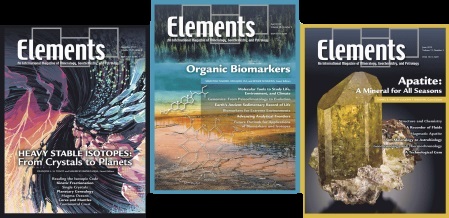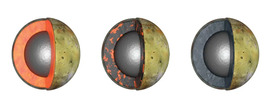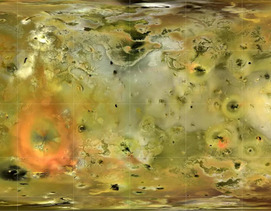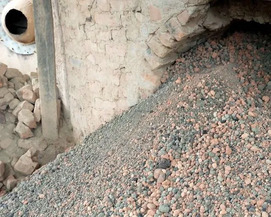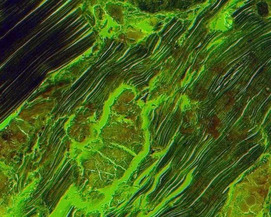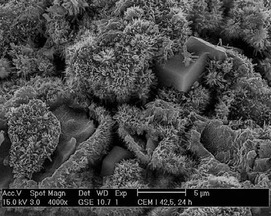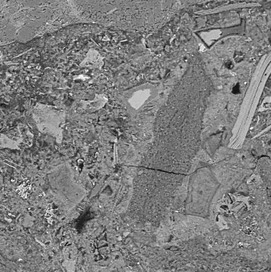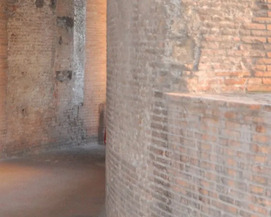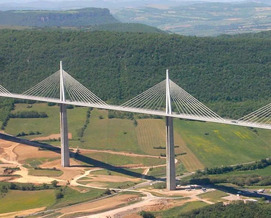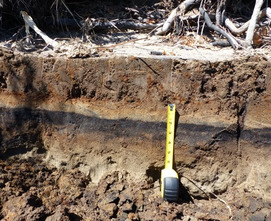Tidal Heating in Io
Io experiences strong, periodic, gravitational tides from Jupiter because of its close distance to the planet and its elliptic orbit. This generates internal friction that heats the interior, a naturally occurring process in the Solar System and beyond. Io is unique in our Solar System because it gets most of its internal energy from this tidal heating, providing an ideal laboratory for improving our understanding of this fundamental process that plays a key role in the thermal and orbital evolution of the Moon, satellites in the outer Solar System, and extrasolar planets.
Tidal Heating in Io Read More »

